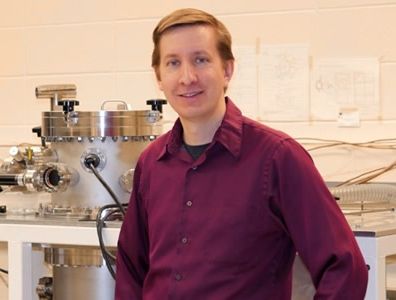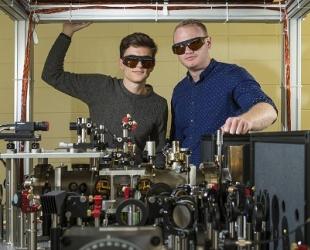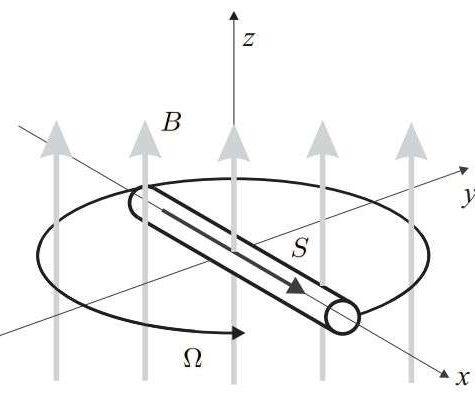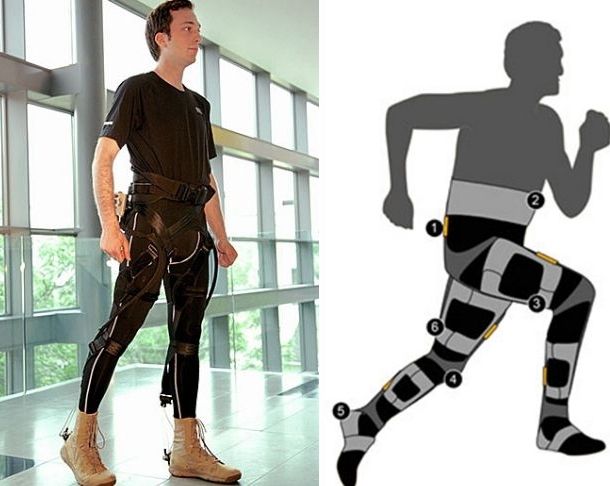May 18, 2016
Cosmic dust on Earth reveals clues to ancient atmosphere
Posted by Karen Hurst in category: biological
The oldest space dust yet found on Earth suggests that the ancient atmosphere of Earth had significantly more oxygen than previously thought, a new study finds.
Although oxygen gas currently makes up about one-fifth of Earth’s air, there was at least 100,000 times less oxygen in the primordial atmosphere, researchers say. Oxygen easily reacts with other molecules, which means it readily gets bound to other elements and pulled from the atmosphere.
Previous research suggests that significant levels of oxygen gas started permanently building up in the atmosphere with the Great Oxidation Event, which occurred about 2.4 billion years ago. This event was most likely caused by cyanobacteria — microbes that, like plants, photosynthesize and release oxygen. [Infographic: Earth’s Atmosphere Top to Bottom].
Continue reading “Cosmic dust on Earth reveals clues to ancient atmosphere” »

















